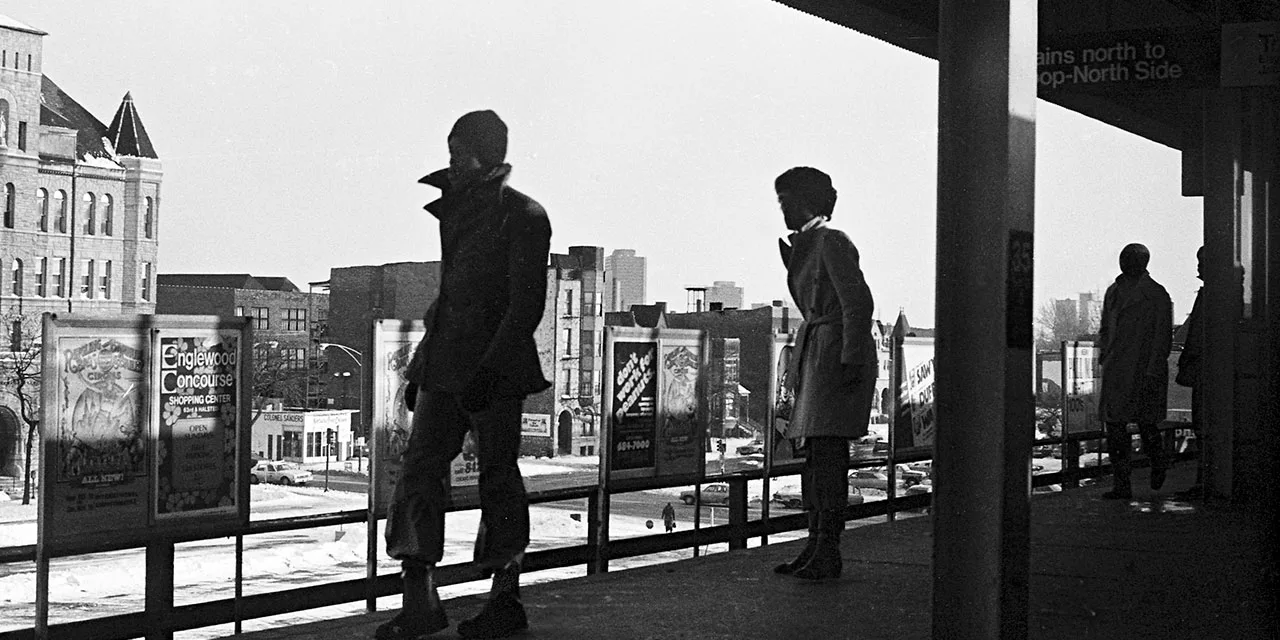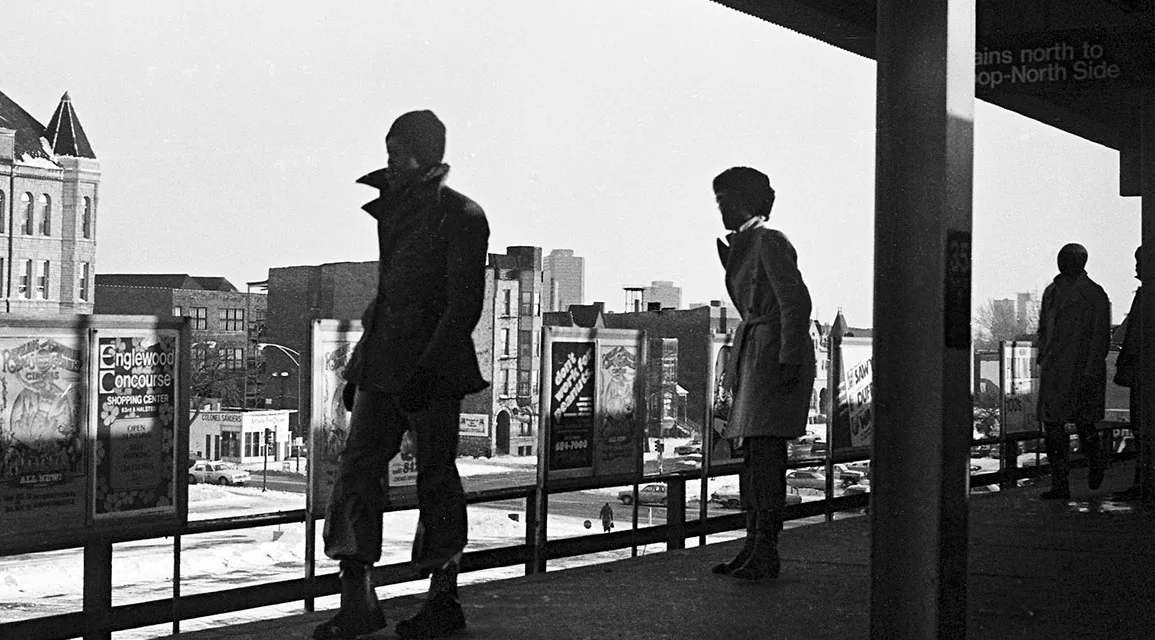
Earlier this month, an Oklahoma judge ruled that the City of Tulsa cannot be held legally or financially responsible for the actions of the violent mob that burned down the city’s Greenwood section, known as the Black Wall Street, in 1921. Three survivors of that murderous riot will not, it appears, receive compensation. Despite their disappointment, the legal effort has revived the historical prominence of what was once an unjustifiably obscure tragedy but has now become the subject of an official state inquiry and formal apology from Tulsa’s city government.
The destruction of Greenwood, unfortunately, was not an unusual fate for historic black communities in the U.S. While the Greenwood massacre stands out for the horrific means and scale of its destruction, dozens of similar communities were demolished, legally, by local governments through use of a federal urban-renewal “slum-clearance” program. These actions, no less than the events of the Greenwood riot, robbed black Americans of wealth, businesses, and civil society institutions. These lost neighborhoods—the Hill District in Pittsburgh, Mill Creek Valley in St. Louis, Kenyon-Barr in Cincinnati, Black Bottom in Detroit, Bronzeville in Chicago, West Ninth Street in Little Rock, 18th and Vine in Kansas City, the Fillmore District in San Francisco—hummed and thrived until planners decided that they were slums that had to be altered, cleared entirely or in part, or replaced (most often) with public housing projects or highways.
These federal urban-renewal funds—authorized by the federal Housing Act of 1949—were used on a truly massive scale. A National Bureau of Economic Research paper found that “approved projects had cleared (or intended to clear) over 400,000 housing units, forcing the relocation of over 300,000 families, just over half of whom were nonwhite” (emphasis added). “The proposed clearance areas included nearly 57,000 total acres (90 square miles), of which about 35 percent was proposed for residential redevelopment, 27 percent for streets and public rights-of-way, 15 percent for industrial use, 13 percent for commercial use, and 11 percent for public or ‘semi-public’ use.”
Progressives such as Eleanor Roosevelt, an early champion of public housing, believed that, by constructing blacks-only public housing such as the Brewster Homes in Detroit, whose ceremonial opening she attended, they were doing blacks a favor by including them in these programs. Many then viewed public housing as desirable quarters. As Edward Banfield and Martin Meyerson wrote in their landmark book about Chicago public housing, Politics, Planning and the Public Interest, “The leaders of the race relations organizations wanted Negroes to have their fair share of public housing.”
But as the nature of slum clearance became clear, black thought leaders came to oppose such projects. A notable example was the clearance of Pittsburgh’s Hill District, which would, ironically, gain fame in absentia as the setting for playwright August Wilson’s greatest plays, such as Fences and Jitney and Joe Turner’s Come and Gone. (Wilson’s home is preserved today, but the neighborhood is gone). As Brian Robick wrote in his Carnegie-Mellon dissertation, “Initially, the prospect of improvement won the approval of some of the neighborhood’s elites, but these projects, all intended for a primarily white audience that lived beyond the borders of the Hill, coupled with an inadequate relocation effort, quickly ignited grassroots resistance. Neighborhood activists objected to renewal plans and to official definitions of Hill District blight, which implicated not only buildings but also the African American population that lived, worked, and shopped in them, as factors contributing to urban decline” (emphasis added). In other words, the Hill was “blighted” because it was black.
Paul Jones, a columnist for the city’s black newspaper, The Pittsburgh Courier, got to the heart of the matter in a way that could be applied to slum clearance generally: “What about the churches, schools, business neighborhood associations, civic groups? All these are part of the whole problem of uprooting the lives of many people, whose patterns of living have been labeled, ‘not desirable, not acceptable, not endurable.’” Without doubt, the Hill was rich in these uncounted ways, boasting a radio station, a newspaper, and an array of jazz clubs, including the legendary Crawford Grill, and a stadium for the Negro League’s Pittsburgh Crawfords. (Crawford was a smaller neighborhood within the Hill.)
In Cincinnati, planners set their sights on the Kenyon-Barr community. A 2017 photo essay in Cincinnati Magazine, in an issue entitled “Lost City,” would describe the demolished “slum” this way:
Since the 1920s, the West End—and Kenyon-Barr in particular—had been the heart of the Black community in Cincinnati. What remains of Kenyon-Barr today is 2,700 photographs in the Cincinnati Museum Center’s archives, a survey conducted prior to demolition. . . . The photos are, wittingly or not, heartbreaking, even haunting: people and potted plants filling residential windows, corner markets busy with shoppers, billboards and businesses, rowhouses upon rowhouses—a vivid street life, frozen in time address by address. . . . They are imbued with an ominous sense of what’s to come: the willful, wholesale demolition of a 400-acre neighborhood. And not just the structures but the community—the social, political, and cultural network—that filled them.
Substituting for all of this were the Laurel Homes and Lincoln Court public housing projects.
In Detroit, the Brewster Homes, later the Brewster–Douglass Housing Projects, would be built to replace the neighborhoods of Black Bottom and Paradise Valley. Detroit historian Jamon Jordan estimates that, combined, those neighborhoods had hosted 350 black-owned businesses, as well as mutual aid organizations—self-organized community institutions to provide aid or advocacy for those in need—including the Phyllis Wheatley Home for Aged Colored Ladies, the Booker T. Washington Business Association, and an active branch of the Urban League, dedicated to helping new Southern migrants adjust to city life. The Reverend C. L. Franklin preached—and his daughter Aretha sang—at the New Bethel Baptist Church before it was torn down. Owner-occupancy of small two- and three-family homes was common.
Public housing by its nature—government-owned and managed, allowing no private ownership but only rentals, and excluding retail and commercial businesses—cannot foster this sort of spontaneous community of dispersed ownership. Urban renewal took no consideration of these factors. It was taken for granted in federal housing legislation that “slums” were to be judged only by their apparent and superficial physical condition and not by what their residents were crafting through their own efforts.
It is a profound irony that, only a relatively short time after their construction, many public-housing projects would face the wrecking ball themselves. The notorious Pruitt-Igoe high-rises in St. Louis imploded just two decades after opening to architectural acclaim. One can hope that the mixed-income townhouses and such that replaced them will fare better. But that won’t compensate black Americans for the loss of institutions and wealth—destroyed, in this case, not by racists mobs but by ostensibly high-minded progressives.
Photo: Bronzeville CTA station, Chicago, 1978 (Courtesy Downtowngal / Wikimedia Commons)


